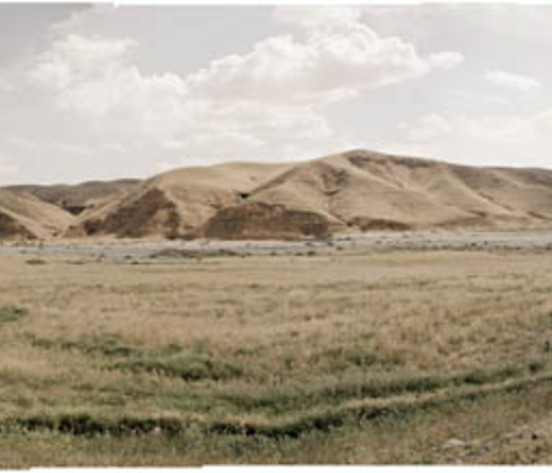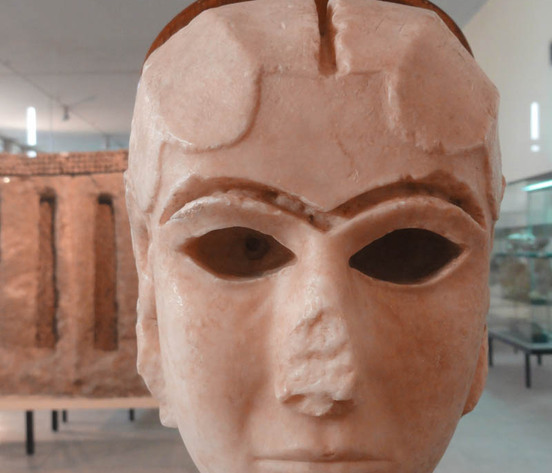Conferences and debates
Index / Activities / Conferences and debates / Between Ur and Erbil: Archeological missions in Iraq, past and present
Between Ur and Erbil: Archeological missions in Iraq, past and present
November 13, 20147:00 p.m.
MADRID
Casa Árabe Auditorium (at Calle Alcalá, 62).
7:00 p.m.
free entry until the event’s capacity is reached.
Architects Pedro Azara and Marc Marín are offering this talk
Since the mid-nineteenth century, Western powers have been interested in Iraq’s Mesopotamian past, regarded as the antechamber of history for Western art. The first missions, in Ur and Kish, were partially devoted to obtaining museum pieces for institutions in colonial countries. What does the future hold for these sites of earth, exploited for the past fifty years and subjected to erosion by weather and man, as well as new findings, all within the current context of the Middle East? How does this past, whether appreciated or rejected, fit in with today’s political and religious conflicts?
This talk, which will be presented by Eduardo López Busquets, the General Director of Casa Árabe, will tell the tale of the earliest cities in History: Sumerian cities such as Uruk –built by the legendary Gilgamesh– and Ur –where royal tombs were found, with human sacrifices–, followed by the story of some of the great archeological missions of yesteryear (under colonial mandates) and today, highlighting the problems which arise when past and present collide, as we will discover in two case studies.
Marc Marín is a member of the team of architects at the Escuela Técnica Superior de Arquitectura de Barcelona (UPC-ETSAB). He earned a fellowship from the Gerda Henkel Foundation in Dusseldorf to study Sumerian archeological sites in the field, in southern Iraq in 2011, along with Pedro Azara, Marcel Borràs and Albert Imperial. He also worked at the neo-Assyrian site of Qasr Shamamok, located between Erbil and Mosul. He took part in the exhibition “Before the Deluge: Mesopotamia from 3,500-2,100 BC,” organized at CaixaForum (2012).
Pedro Azara, is a professor at the UPC-ETSAB, a member of the mission mentioned above, of the Institut del Pròxim Orient Antic (IPOA, Barcelona) and the American Schools of Oriental Research (ASOR, Chicago). He co-organized the 51st Rencontre Assyriologique Internationale and has taken part in the congresses of the ASOR and ICAANE (International Colloquium of Archaeology of the Ancient Near East) along with Marc Marín. He has directed exhibitions such as “City of the Mirage. Baghdad, from Wright to Venturi” (Casa Árabe, Center for Architecture, Society of Architects, and Riwad Biennial, Madrid, New York, Boston and Ramallah, 2008-2012); “Before the Deluge: Mesopotamia from 3,500-2,100 BC” (CaixaForum, Madrid and Barcelona); and “Past as Present. Archaeology and Aesthetics” (ISAW, New York, 2015). He is the author of: La reconstrucción del Edén. Mito y arquitectura en Oriente (The Reconstruction of Eden: Myth and architecture in the East, Gustavo Gili, Barcelona, 2010); and Piedra angular. El nacimiento de la ciudad en Sumeria (Cornerstone: The birth of the city in Sumeria, Tenov, Barcelona, 2012). Along with Pedro García del Barrio and AV62Arquitectos, he won the tender for remodeling the Sunni neighborhood of Adhimiya in Baghdad (2013), and he participated in the PRICC1 congress (Baghdad, 2009) for the preservation of architectural heritage in Iraq.




